
Standing at a signal in Karachi’s Defence area, one wonders whether the country is in a crisis or not. There is a Vigo on one side, a Hilux in front, two Civics behind and a Mercedes that can be seen through the rearview mirror. There is no shortage of vehicles with an eight-figure price tag in the city.
Over the last two decades, car sales have increased almost five times, but tractor sales have increased by 115pc. One could argue that with increased industrialisation and a shift towards the services sector, the need for tractors has decreased. However, according to World Bank data, agriculture’s share in Pakistan’s GDP has not materially changed since 1999, when it was 25pc, to 2021 when it was 23pc.
The explosion of car ownership is limited to a few hands. According to a survey conducted by Gallup & Gillani last year, 93pc Pakistanis report they do not have a car in their home. These results are similar to the Pakistan Social and Living Standard Measurement survey (2019-20), which states that only 6pc of Pakistanis claim car ownership.
Economics dictates that what is demanded will be supplied. The status-conscious consumerism-driven elite have a penchant for impractically big cars which is why finding parking has become a nightmare. And the rich do not care about food security beyond a glance at the headlines and writing of cheques to favoured charities.
Tractors, even with 90pc localisation rate, are much lower in demand. Farmers that bemoan the high price of fertilisers and basic farm inputs will have little left to invest in agricultural mechanisation.
Preparing land is labour-intensive and is usually the first activity to be mechanised. While in advanced economies such as the US, the one-man-one-tractor paradigm is being broken as single operators manage an entire fleet of self-driving tractors, primitive ways of agriculture are still being practised in many parts of Pakistan.
Over the years, there have been attempts by the government to increase access to tractors through schemes such as the Benazir Tractor Scheme and the Kamyab Kisan Programme. However, many small farmers opt to rent tractors or do without as they do not have the purchasing power to acquire farm machinery.
Small farm landholdings, which comprise the bulk of the agriculture sector, also make mechanisation unviable due to lack of scale, trapping the rural poor in the vicious cycle of poverty. Politics play a role as well. The feudal lords drive their Prado but prefer to do without tractors to employ more farm hands and thus strengthen their vote bank.
The rise of cars but comparatively limited growth in tractors indicates the country’s priorities.
Published in Dawn, The Business and Finance Weekly, May 8th, 2023




















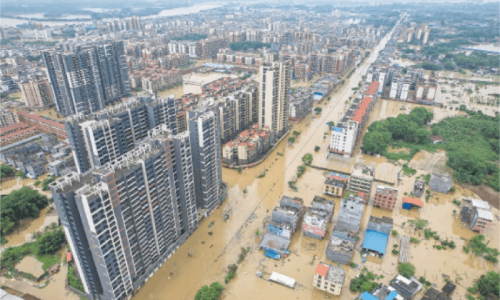




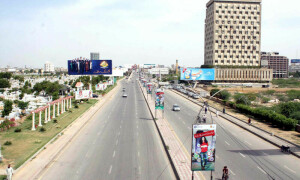
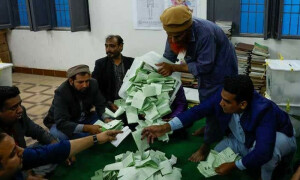


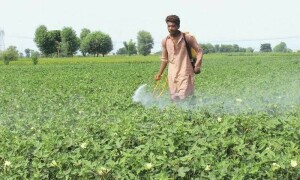



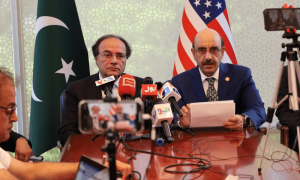



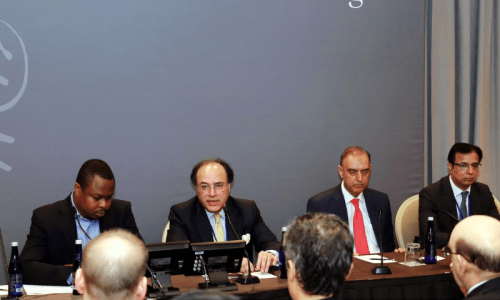





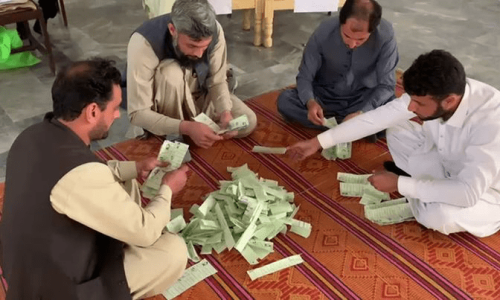
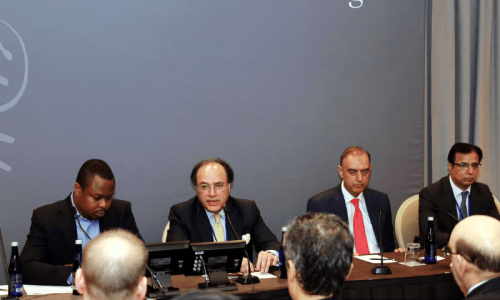

Dear visitor, the comments section is undergoing an overhaul and will return soon.